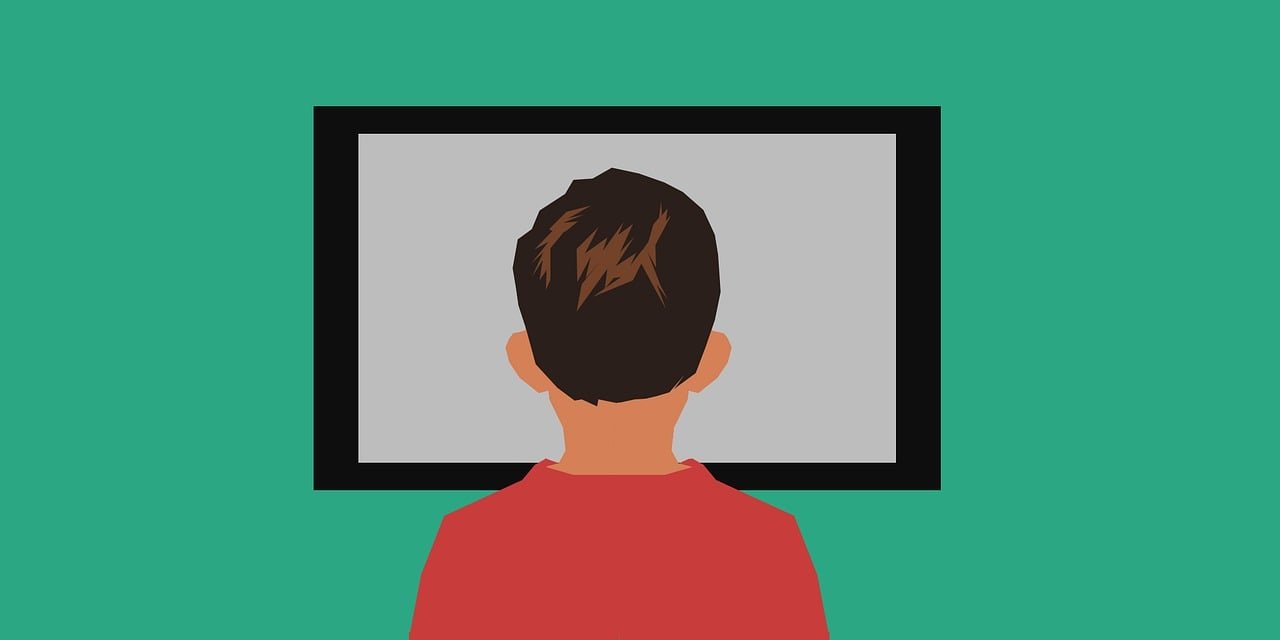In the digital age, where self-expression often takes center stage, anime profile pictures (PFPs) have become a striking trend across social media platforms, gaming sites, and online forums. These images, showcasing characters from anime series and films, serve as more than just avatars; they are a reflection of personal identity, fandom, and community connection. This article explores the allure of anime PFPs, their impact on digital culture, and the unique ways they foster interaction among fans.
What Are Anime PFPs?
Anime PFPs are profile images featuring characters or scenes from anime, the vibrant world of Japanese animation. These images can range from iconic characters in popular series to lesser-known figures that resonate with niche audiences. By selecting an anime PFP, users communicate their interests and preferences, making it a distinctive way to express themselves in the vast digital landscape.
The Aesthetic Appeal of Anime
One of the most compelling reasons for the popularity of anime PFPs lies in their stunning visuals. Anime art is characterized by its bold colors, dynamic compositions, and expressive character designs. This artistic style captivates viewers, allowing for a wide range of emotional expression.
Choosing an anime PFP enables users to convey their moods or personality traits visually. For example, a user might opt for a cheerful character to express their upbeat nature or a stoic figure to reflect their serious side. This ability to visually communicate complex feelings enhances online interactions and adds depth to digital personas.
Building Community Connections
Anime PFPs play a crucial role in fostering a sense of community among fans. When users select a character from a particular series, they often signal their fandom affiliation, instantly connecting with others who share similar interests. This shared visual language facilitates conversations and builds camaraderie, enriching the experience of being part of a larger fanbase.
For instance, someone using a PFP of a character from “Attack on Titan” may find themselves in discussions about plot twists or character development with fellow fans. This ability to connect through shared interests can lead to lasting friendships and collaborations within the anime community.
The Social Media Influence
Social media has been a driving force behind the rise of anime PFPs. Platforms like Twitter, Instagram, and TikTok thrive on visual content, making them ideal venues for showcasing anime art and character designs. The vibrant aesthetics of anime PFPs naturally draw attention, encouraging users to adopt unique avatars that stand out in crowded feeds.
Moreover, trends can spread quickly within these platforms. A viral meme featuring a specific character can lead to a wave of users adopting that character as their PFP, highlighting the fluidity and interconnectedness of online culture. This phenomenon showcases how anime PFPs can evolve with community engagement, reflecting current trends and popular discussions.
Personalization and Individual Identity
Selecting an anime PFP is a personal act of creativity and individuality. Users often spend time curating their profiles, seeking images that resonate with their identity, interests, or current emotions. This process can be both enjoyable and meaningful, allowing individuals to express their unique personalities in a digital context.
The rise of customizable avatars in various online platforms has further amplified this trend. Many games and social networks now offer users the opportunity to create personalized characters inspired by anime art styles. This customization allows for an even greater degree of self-expression, enabling users to represent themselves in ways that are authentic and visually striking.
Navigating Cultural Sensitivity
While the popularity of anime PFPs is largely positive, it also raises important considerations regarding cultural sensitivity. Issues of cultural appropriation can arise when individuals from outside the Japanese culture use anime imagery without understanding its significance. It’s vital to approach the use of these images with respect and awareness of their cultural roots.
Additionally, the overwhelming popularity of certain characters can sometimes overshadow the diversity of stories and characters within the anime world. This phenomenon can lead to a lack of representation for lesser-known works and artists. Encouraging exploration of a wider range of anime can help promote inclusivity and appreciation for the medium’s rich diversity.
Conclusion
Anime PFPs have become a vibrant aspect of online culture, offering individuals a unique way to express their identities and connect with fellow fans. As this trend continues to grow, it reflects broader themes of community and self-expression in the digital landscape. For anime enthusiasts, using a PFP is not just about choosing a favorite character; it’s about conveying passion, fostering connections, and celebrating the diverse narratives that anime offers. Whether you’re a lifelong fan or just discovering the medium, the world of anime PFPs invites everyone to explore and engage with a community united by a shared love for anime.




